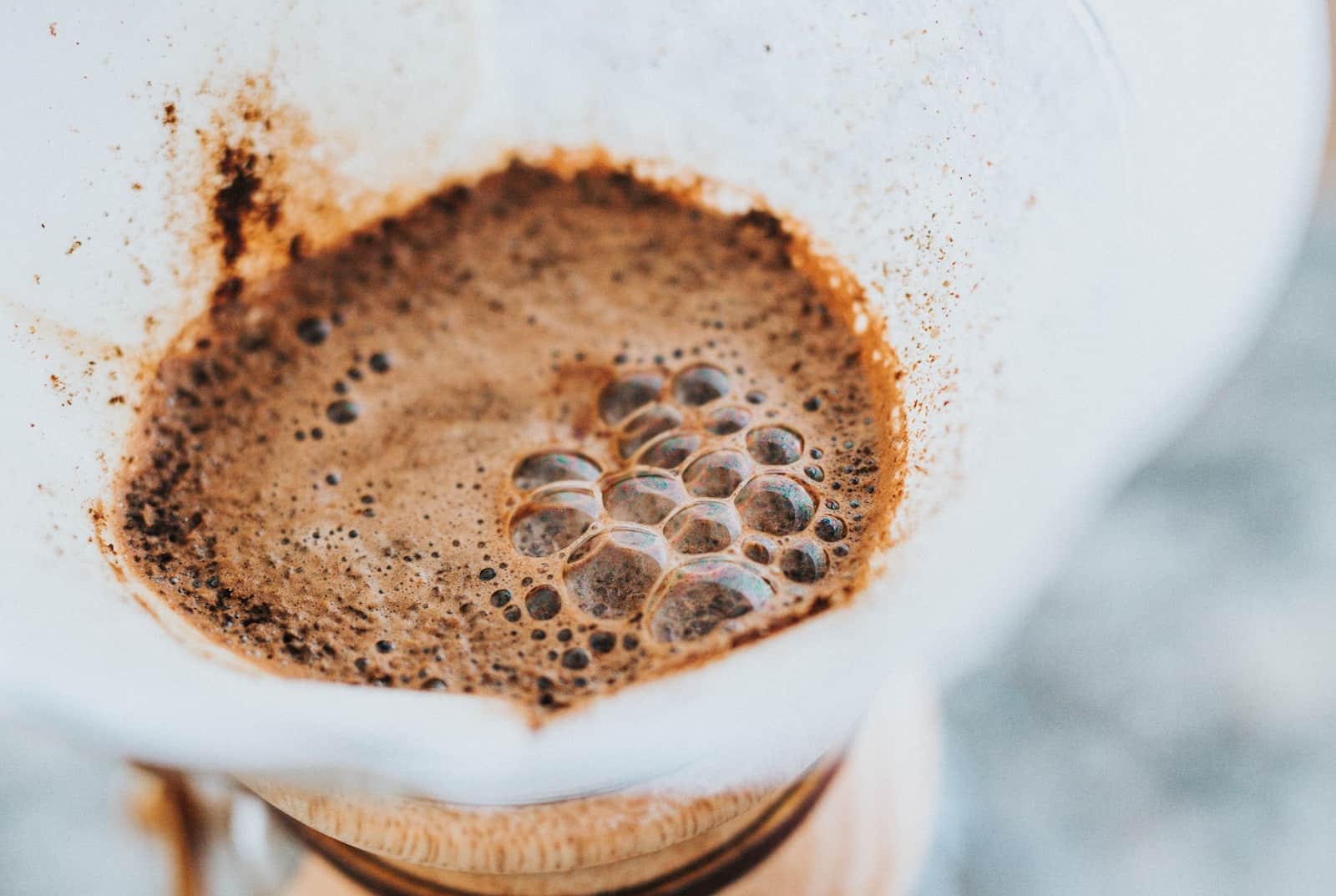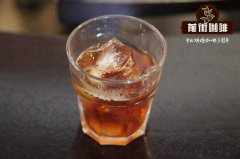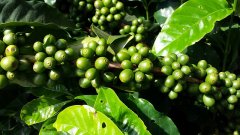What is fine coffee? What are the basic elements of fine coffee?

Professional coffee knowledge exchange more coffee bean information please follow the coffee workshop (Wechat official account cafe_style)
Can be called boutique coffee, depends on two basic factors: good materials and good production.
A good material is the coffee beans you choose. In general, commercial coffee that comes into contact with daily life will be identified by the country, such as Brazilian beans and Vietnamese beans. In fact, a bag of coffee is a mixture of harvests from many areas and manors. On the other hand, high-quality coffee beans provide highly transparent source information so that coffee lovers can accurately select coffee beans that suit their own taste.
With good materials, the next step is to make a cup of coffee, which is divided into two parts-roasting and braising.
Roasting is commonly known as fried beans, hence the name Si Yi, that is, the original green coffee raw beans, heated into daily brown cooked beans.
Boutique coffee requires a very delicate baking control, the goal is to accurately convert the acidity of coffee beans into complex aromas and sweetness, with a balance. As there is no guarantee for the quality of commercial raw beans, it will increase the baking time / temperature and cover up the defective taste of raw beans with charred flavor. Unfortunately, the aroma and sweetness of the coffee beans themselves are lost with the high temperature. So when new friends try the first mouthful of boutique coffee, they will find that the taste is completely different from that of the coffee in mind, and there are so many levels that they often cannot be expressed in words.
In terms of cooking, it is nothing more than bringing the good flavor of the coffee beans out of the cup as far as possible, and reducing the bad ones. People who need to operate morphine should pay close attention to the effect of different parameters on taste. Compared with commercial coffee, hot water is coffee, more processes, the return is also more flavor.
When roasting and cooking are carried out with this precise attitude, coffee becomes a new drink, a natural and harmonious drink that can be easily tasted without adding sugar or milk.
This is boutique coffee.
END
Important Notice :
前街咖啡 FrontStreet Coffee has moved to new addredd:
FrontStreet Coffee Address: 315,Donghua East Road,GuangZhou
Tel:020 38364473
- Prev

What is a hybrid variety of maracadura coffee? Malakadura Flavor Introduction
Maracaturra is called elephant bean because it is large and much larger than ordinary coffee beans. Maracaturra is a hybrid of Maragogype and Caturra, one of the three elephant bean varieties with Pacamara and Maragogype. The yield of elephant beans at high altitude is not much, but the taste is rich and sweet. Malakadura is a variant of bourbon and tibika.
- Next

The knowledge of fertilization in coffee planting. Do coffee trees need fertilization? How to fertilize? What kind of fertilizer?
Professional coffee knowledge exchange more coffee bean information Please pay attention to the coffee workshop (Wechat official account cafe_style) in view of the fact that the soil in the coffee garden is not managed by pesticides and similar "natural agricultural methods", there are abundant microorganisms that can effectively help coffee trees absorb various amino acids, so make good use of "weeds" cut three to four times a year and "branches and leaves" of coffee branches trimmed twice a year.
Related
- Beginners will see the "Coffee pull flower" guide!
- What is the difference between ice blog purified milk and ordinary milk coffee?
- Why is the Philippines the largest producer of crops in Liberia?
- For coffee extraction, should the fine powder be retained?
- How does extracted espresso fill pressed powder? How much strength does it take to press the powder?
- How to make jasmine cold extract coffee? Is the jasmine + latte good?
- Will this little toy really make the coffee taste better? How does Lily Drip affect coffee extraction?
- Will the action of slapping the filter cup also affect coffee extraction?
- What's the difference between powder-to-water ratio and powder-to-liquid ratio?
- What is the Ethiopian local species? What does it have to do with Heirloom native species?

